Huawei and Deloitte: Developing Talent for the Digital World
This site uses cookies. By continuing to browse the site you are agreeing to our use of cookies. Read our privacy policy>
![]()
Enterprise products, solutions & services

Reading guide: It's essential to clearly define skills standards for digital professionals and find ways to effectively train people to solve digital talent shortage and ensure that skilled professionals can realize digital transformation.
Digital technologies will fundamentally change the way the business community competes in the future. The organizations and people with a digital mindset that can use digital technology to respond to a diverse range of changes will be the winners in the digital world. To put it another way, talent development must be a priority for enterprises that want to be competitive in the digital world.
To train talent, we must first specify the standards; we need to state what capabilities are required for key digital professionals in an organization. Digital transformation requires organizations to develop a series of new skills, such as digital leadership, digital brand building, digital marketing, and big data analysis. Ideally, organizations should start with a "dual-track" approach: train digital leaders and build a professional talent system, to help their employees improve their digital skills as required.
Leadership development is the key to digitally transforming an organization. Organizations need to help leaders build confidence in using and mastering new digital technologies, think with "a digital mindset," and execute more agile and adaptable leadership.
Five Critical Factors in Building Digital DNA
In more and more organizations, digital leaders are tasked with creating a detailed digital transformation plan and managing many digital transformation investments, gradually improving the digital capabilities of all employees by building a digital DNA within the organization. As a result, they must first transform themselves and continuously improve in five key areas:
A shared vision: The ability to develop a vision of an organization's future digital transformation is a key attribute for good digital leaders.
Effective communication: Leaders who can clearly deliver what digitalization can do in a simple way are essential for successful digital transformation.
Mutually beneficial collaboration: The "borderless" nature of the digital world means collaboration must cross traditional business boundaries to deliver a seamless customer experience.
Building a diverse team: Digitalization is not just about technology, so transformation can only succeed with a diverse team.
Oversee a change in mindset: Persuading employees to abandon old-fashioned thinking and their resistance to changing the status quo and mobilizing all stakeholders to participate are the most difficult parts — but also the most critical parts — of digital transformation.
Huawei's Digital Leadership Building Model
Step 1: Huawei is clearly aware that digital leadership means leaders take the initiative to drive digital transformation. Based on its insights into leaders during the digital transformation process of the industry, Huawei proposes the following requirements for digital leaders:
Gain insight into digital development trends and create new business values: To tap into the potential of the business domain, digital leaders need to keep an eye on future digital trends and improve their understanding of how the latest digital technologies can create business value.
Continuously pay attention to changes in customer requirements: Digital leaders shall continuously improve the sensitivity to changes in customer requirements and user experience.
Adopt a more holistic leadership approach: Good digital leaders can delegate and enable employees and teams with an open and inclusive approach while clarifying and guiding the enterprise's development, leading diverse teams to success.
Break down barriers between people and work together: Collaboration is regarded as a key to successful digital transformation. The "borderless" nature of the digital world means collaboration must cross traditional business boundaries to deliver a seamless customer experience.
Activating employees' internal motivation and helping them understand values of their jobs: Digital leaders need to continuously identify and recruit future stars who are good at digital transformation.
Step 2: By breaking down leaders' responsibilities during digital transformation, Huawei has developed a digital leadership model from three perspectives: future-oriented approaches, driving growth, and energizing the whole organization. (See Figure 1)
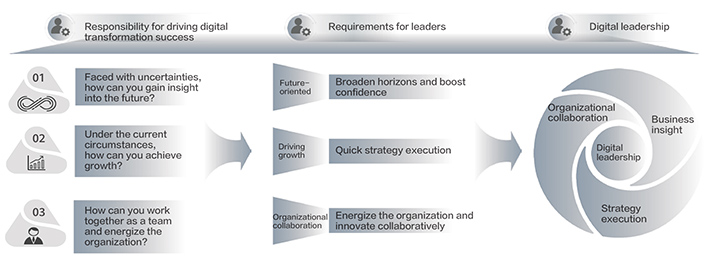
Figure 1: Huawei's digital leadership model
Business insight: How can you lead the team forward with a vision for digital transformation?
Strategy execution: How can you find quick-win breakthrough points for digital transformation strategies and quickly execute them to maintain growth?
Organizational collaboration: How can you make the organization a vibrant and positive place to work through collaboration and innovation while ensuring your digital transformation is on the right track?
In the digital transformation process, requirements for executive leadership improvement are divided into three levels: broadening horizons and changing mindsets, improving capabilities, and optimizing problem solving. Huawei's digital leadership training model (see Figure 2) is also divided into three levels: high-quality courses based on practice sharing, research programs based on key groups, and training practice solutions based on business issues. Based on the fundamental requirements of enterprises, Huawei aims to help enterprises succeed through customized design and training.
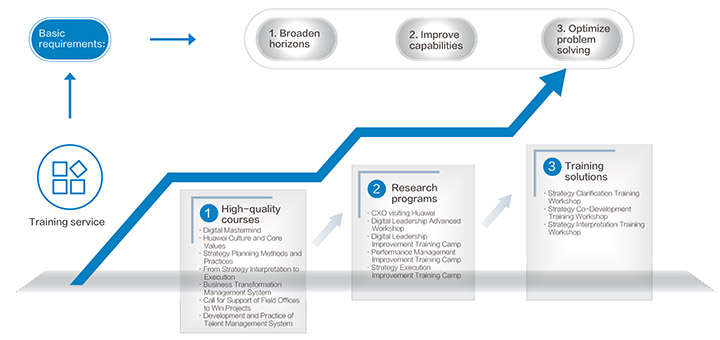
Figure 2: Huawei's digital leadership training model
Organizations in the critical phase of digital transformation usually have a diverse workforce, while employees hope to realize their value with a more supportive environment for innovation, more independent innovation process, a more exciting innovation goal, and stronger innovation capabilities. This means there's a great need for organizations to develop digital leaders.
Selecting the Right Talent
Of course, organizations need to select the right people to be digital leaders. Based on the positioning of different types of digital leaders, customized development solutions should be developed to embed learning into regular working scenarios, ensuring that specific skill needs for different digital leaders can be met. While digital leaders don't necessarily have to master the latest digital technologies, they do need to understand the value that digitalization brings to business model transformation.
Thinking with a Digital Mindset
Organizations need to think with a digital mindset and design digital leadership acceleration solutions from three aspects: confidence-building, effective execution, and energizing the whole organization.
Confidence-building: Digital leaders shall deliver digital transformation trends and improve the organization's confidence in transformation success.
Effective execution: Digital leaders shall act decisively and strive for quick wins to facilitate the implementation of transformation strategies.
Energizing the whole organization: Digital leaders shall share culture and management ideas to stimulate the vitality of the organization.
Delegation, connections, and incentives:
Organizations should focus on digital leadership development strategies and emphasize adaptable leadership guided by culture, delegation, risk-taking, knowledge sharing, matrix management, and talent development. In this way, organizations can think digitally and accelerate their development through cross-departmental digital leadership projects, helping them effectively apply Internet thinking and digital technologies to accelerate their digital transformation with delegation, connection, and incentives. (See Figure 3)
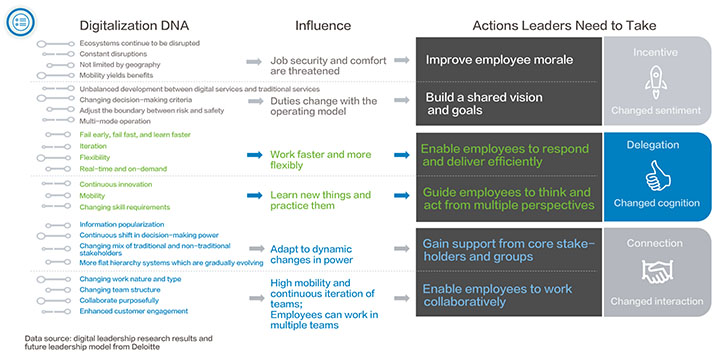
Figure 3: Delegation, connection, and incentives for digital transformation
With the development of digital technologies, the demand for digital professionals is changing rapidly. Teams that are proficient in digital technologies are responsible for driving new digital growth. This means that organizations need to adjust the traditional talent training and development system (see Figure 4) to flexibly, quickly, and efficiently upgrade the skills of their employees.
A Professional Skills System with a Top-Level Design
As well as professional knowledge and skills, establishing digital competence also requires soft skills, such as fast learning, people-oriented thinking, entrepreneurship, flexible adaptation to industry changes, and pursuit of the optimal user experience.
The professional capability model, which is important for organizations to acquire and evaluate digital talent, can provide a comprehensive reference for external talent recruitment and internal talent training. The key to digital capability development is to establish a lifecycle management system from strategy to execution on talent value based on clear and evolving capability standards. Classifying professionals and analyzing success factors of each role in business scenarios are important in establishing professional capability standards.
Develop talent sequences: Based on the overall capability framework of digital transformation, professionals should be classified by characteristics of different professional domains (talent sequences). This classification is the starting point for digital capability design and the basis for designing career development paths for digital professionals.
Summarize key capabilities: Organizations shall analyze key success factors in different business scenarios based on the role positioning and work analysis of each role classified (talent sequences), and then summarize the key capabilities required.
Develop digital skills: Digital transformation requires employees to have new expertise, so it is important to consider the capabilities required by the latest digital technologies. For example, business analysts need business knowledge of a specific domain or industry, and they also need to master knowledge of new technologies, such as Artifical Intelligence (AI), so that organizations are able to perform business analysis based on big data.
Four-Dimensional Optimization for System Branches
In the digital transformation process, organizations need to reconstruct the professional talent development system from four aspects: learning model, experience, content, and platform to flexibly, quickly, and efficiently upgrade the digital skills of their employees.
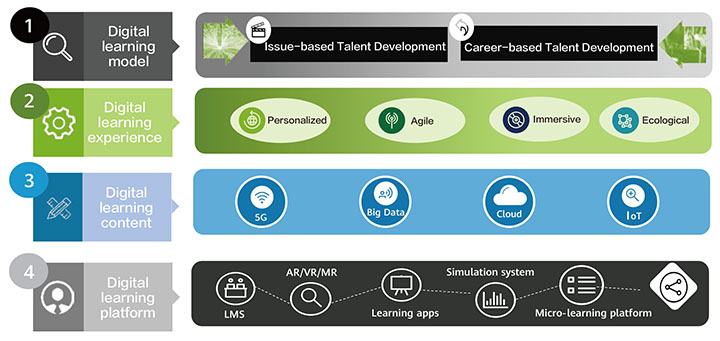
Figure 4: Four-dimensional talent development system
Learning Model
Successful organizations will make employee training more efficient through the issue-based talent development model and build a career-based talent development model based on the career development system, building a more sustainable and systematic talent development system.
In this development model, these organizations will be future-oriented and identify the links between existing skills and those required in the future, raising capability requirements for employees from the top down. Meanwhile, they will also help employees develop differentiated capabilities based on their career development paths. For their part, employees need to constantly improve their professional knowledge and skills. They can only succeed by being customer-centric, agile, and adaptable.
Learning Experience
Many organizations integrate learning resources and apply digital technologies to deliver the best learning experience for trainees while aligning with business departments. In the future, digital learning will be more personalized, agile, ecological, and immersive, and it will be committed to creating the ultimate learning experience, with a product-based mindset. (See Figure 5)
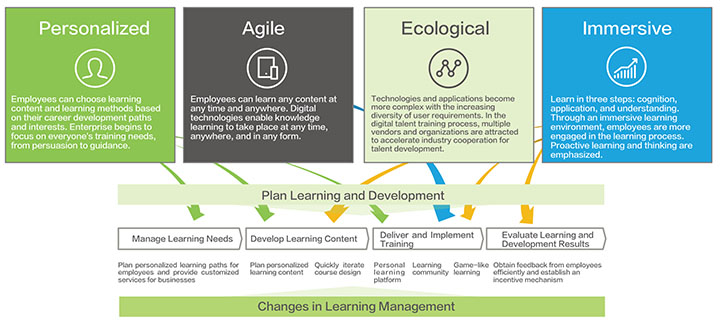
Figure 5: Changes in learning management
Enterprises, society, government, and schools will form a complete talent development ecosystem. By applying cross-industry thinking, as well as thinking from the perspective of Internet applications, they will work together to develop personnel that is more innovative and technical skills that are applicable to diverse disciplines.
Learning Content
After the standards for digital professionals are defined, organizations need to design a systematic learning map and course system based on the capability model to streamline the relationship between Competencies & Qualifications, employee proficiency assessment (gap analysis), and the course system. Organizations can adopt hybrid learning, which uses a variety of tools to teach the skills that employees need in digital transformation.
When designing learning maps and learning courses, as well as digital expertise, organizations need to focus on developing cross-industry capabilities to train talent capable of applying digital technologies in vertical markets. For example, when designing training courses for FinTech talent, organizations should consider both financial business knowledge such as risk control and customer service marketing and technology knowledge such as big data, and cloud computing to train professionals who understand both finance and technology.
Learning Platform
As learning at any time and lifelong learning become mainstream concepts, knowledge customization services will become prevalent. Meanwhile, more and more people have become accustomed to using the Internet to obtain learning resources for self-study, so the digital learning platform should focus on employees' learning needs and use diversified technical means to improve their learning efficiency.
The learning platform should be employee-centric and provide flexible and diverse learning resources and content to help employees easily find the content they need based on internal and external resources. The platform should also be able to adapt to changing business and employee requirements while ensuring that there is a logical order to what employees learn. At the technical level, the platform can also introduce the latest multimedia, virtual reality, and social media technologies to make learning more fun, provide easy access to different channels, and make more intelligent course recommendations.
(This article is compiled based on the Top-Level Design of Talent Development for Digital Transformation in China, jointly released by Huawei and Deloitte China.)